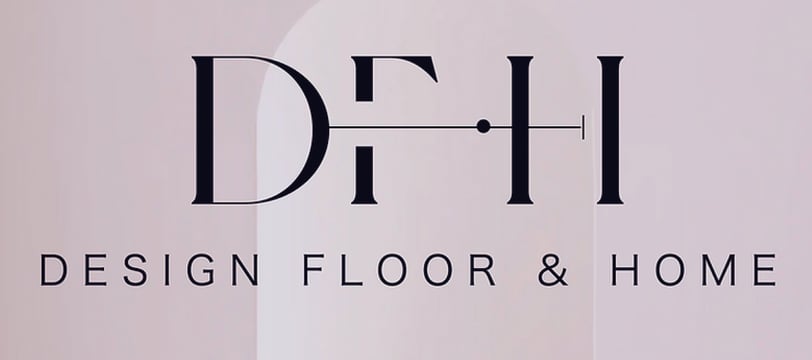The Power of Negative Space
How to Use Empty Space in Design
5/31/20242 min read


In the world of design, sometimes less truly is more. While it may seem counterintuitive, the strategic use of empty space, also known as negative space, can often be the key to creating impactful and visually striking designs. In this post, we'll explore the power of negative space and how designers can leverage it to enhance their creations.
What is Negative Space?
Negative space refers to the area around and between the subjects of an image or design. It's the space that isn't filled with content or visual elements. While it may seem like just empty space, negative space plays a crucial role in shaping the overall composition and visual impact of a design.
The Benefits of Negative Space
Enhanced Clarity: Negative space helps to provide breathing room for the elements within a design, making it easier for viewers to focus on the intended message or focal point.
Improved Readability: By allowing elements to stand out against a clean and uncluttered background, negative space can enhance readability and comprehension, especially in text-heavy designs.
Balanced Composition: Negative space is essential for achieving visual balance and harmony in a design. It helps to distribute visual weight evenly, preventing the design from feeling too crowded or overwhelming.
Increased Impact: When used effectively, negative space can draw attention to the focal point of a design, making it more memorable and impactful.
How to Use Negative Space in Design
Embrace Simplicity: Keep your designs clean and uncluttered by incorporating ample negative space around key elements. Avoid overcrowding the design with unnecessary visual elements.
Create Contrast: Use negative space to create contrast and emphasis within your designs. By juxtaposing areas of high and low visual density, you can draw attention to the most important elements.
Focus on Typography: Negative space is especially important in typography design. Give your text room to breathe by adjusting line spacing and margins, and consider using negative space creatively to enhance the meaning or mood of the text.
Use Negative Space as a Design Element: Instead of simply leaving empty space, think of negative space as an active part of your design. Experiment with using negative space to create shapes, patterns, or even secondary images within your designs.
Consider the Gestalt Principles: The principles of Gestalt psychology, such as proximity, similarity, and closure, can help guide your use of negative space to create meaningful and cohesive designs.
Experiment and Iterate: Don't be afraid to experiment with different approaches to negative space in your designs. Try out different compositions, proportions, and arrangements to see what works best for your project.
In conclusion, negative space is a powerful tool that designers can use to create visually compelling and effective designs. By understanding the principles of negative space and learning how to leverage it creatively, designers can enhance the clarity, impact, and overall aesthetic appeal of their work. So next time you're designing, don't overlook the power of empty space – it might just be the key to taking your design to the next level.




